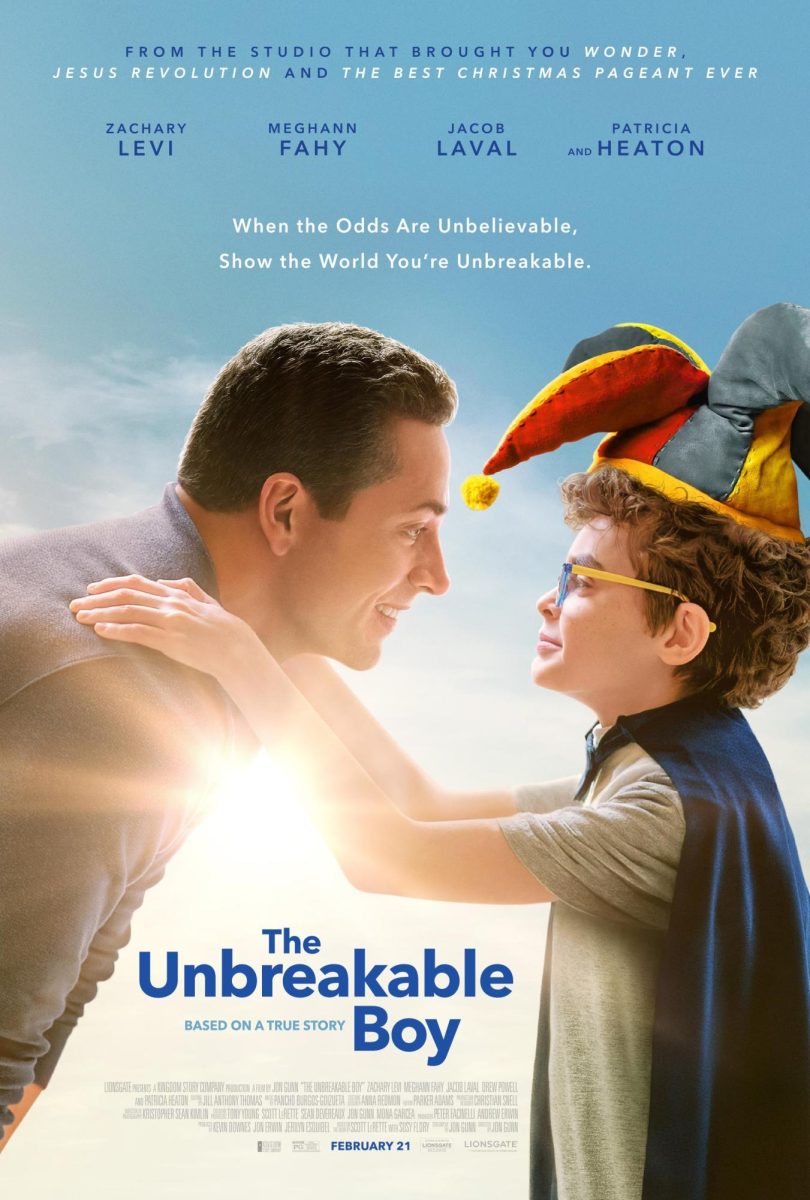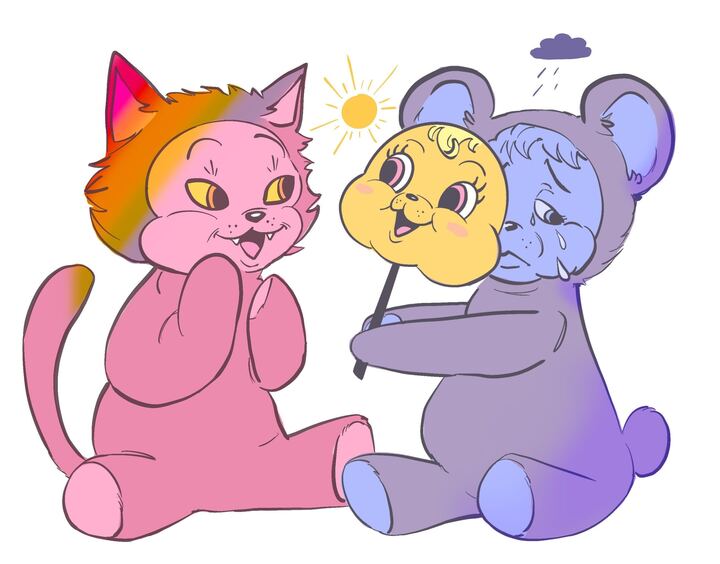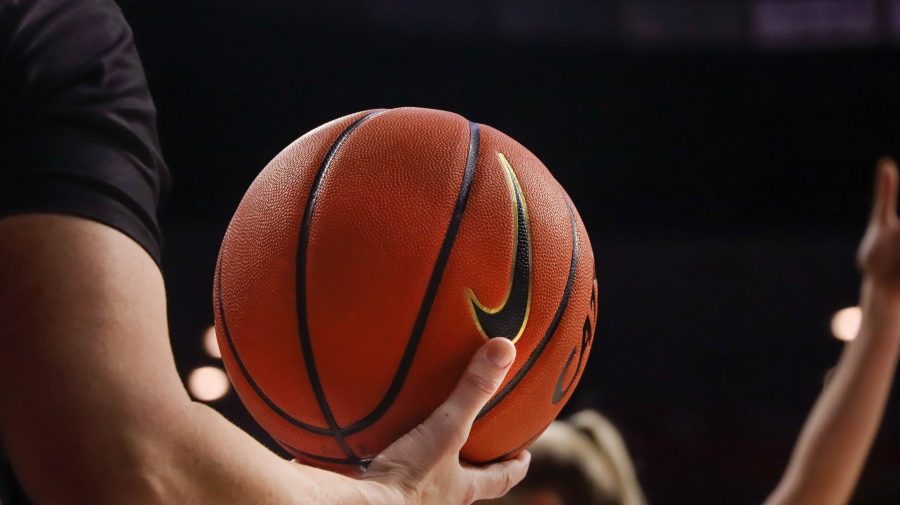
As 2015 kicks off, viewers are finally starting to see full lineups for the next few years of superhero films. Marvel Studios has updated their plans to include “Phase Three,” which should result in 11 new films set in their universe from now to 2019. DC Comics, meanwhile, is gearing up for at least 10 new films, set to finish releasing by 2020.
Within the past decade, Hollywood adaptations of traditional comic book heroes have enjoyed a steady increase in popularity. Familiarity with comics canon is no longer a prerequisite for enjoying the movies. With this changing demographic, however, comes a recurring question that has haunted the comic book industry for decades: Do these superhero universes suffer from rampant sexism and the objectification of women?
Beyond the issue of sexualization of female characters’ costumes, which is a popular and justified criticism of the industry, it is important to look at the broader identity of female characters within superhero worlds.
“The foundation of Marvel Studios is comics from the 1960s [aimed at] an audience of Caucasian boys and young men,” said Bradley Schauer, a UA professor of film studies. “So, the iconic characters reflect this demographic: White men are heroes, and women tend to be objects of desire more than characters for the audience to identify with.”
While the source material may not present fully dimensional female characters, that’s not an excuse for modern-day producers and directors. In many cases, directors have risen to the challenge admirably. There are, after all, strong female leads in most recent superhero films, many of whom become central to the title heroes’ success. Several of these women — such as Black Widow in “The Avengers,” Agent Peggy Carter in “Captain America: The First Avenger” or Catwoman in “The Dark Knight Rises” — often subvert societal expectations or twist them in their favor, using their perceived weaknesses to manipulate men. They are often heroes in their own right; Virginia “Pepper” Potts overcomes the “damsel-in-distress” trope to save the day in “Iron Man 3,” and Jane Foster’s knowledge of astrophysics is an integral part of the final fight in “Thor: The Dark World.”
However, these women often appear primarily as the token female characters in an almost entirely-male casts. A prime example is Peggy Carter, who now has her own TV show, an arguably bold and progressive move by Marvel. As agent Carter is the only important female character on the show, and the only female character who defies stereotypes, she is relegated the title of Marvel badass.
These studios still haven’t produced movies centered entirely around female superheroes, though there are some in the works. Notably, DC Comics will introduce Wonder Woman in the upcoming “Batman vs. Superman: Dawn of Justice,” and she will have her own movie by June 2017. Marvel is planning to produce a movie centered on Captain Marvel, another female superhero, by 2018.
Another question arises, then: Why weren’t these films produced sooner?
The fault does not lie entirely with the industry. Comics consumers can be just as guilty of contributing to the blatant sexism regarding female superheroes. A prime example is the reaction to the casting of Gal Gadot as Wonder Woman. Many fans took to the Internet, crying out that her bust was too small, her waist not small enough or her frame too tiny to portray the Amazon convincingly. They conveniently ignored Gadot’s two years of service in the Israeli Defense Forces, her stunt work in the “Fast and Furious” movies or the fact that, in Gadot’s own words, “historically accurate Amazonian women actually had only one breast.”
The comic book industry, and resulting Hollywood franchises, has come a long way since the 1960s in terms of its treatment of women.
“It can be difficult for creators to think outside [conventions],” Schauer said. “But by drawing attention to ways that superhero [productions] can be more inclusive … we can start to revise our definitions of what a superhero story can be. That can lead to some exciting innovations.”
Hopefully, we can watch these innovations unfold in the coming decade.
_______________
Maddie Pickens is an economics freshman. Follow her on Twitter.








